Extruded Snacks Market Summary
As per MRFR analysis, The Global Extruded Snacks Market was estimated at 50.81 USD Billion in 2024. The extruded snacks industry is projected to grow from 54.47 USD Billion in 2025 to 109.17 USD Billion by 2035, exhibiting a compound annual growth rate (CAGR) of 7.2 during the forecast period 2025 - 2035.
Key Market Trends & Highlights
The Global Extruded Snacks Market is experiencing robust growth driven by health trends and innovative product offerings.
- Health-conscious consumers are increasingly opting for extruded snacks that offer nutritional benefits and lower calorie counts.
- Innovative flavors and textures are emerging as key differentiators in the market, appealing to diverse consumer preferences.
- North America remains the largest market for extruded snacks, while the Asia-Pacific region is recognized as the fastest-growing area, reflecting changing consumer habits.
- The rising demand for convenient snacks and the growing interest in healthier alternatives are significant drivers propelling market expansion.
Market Size & Forecast
| 2024 Market Size | 50.81 (USD Billion) |
| 2035 Market Size | 109.17 (USD Billion) |
| CAGR (2025 - 2035) | 7.2% |
Major Players
PepsiCo (US), Mondelez International (US), General Mills (US), Kellogg Company (US), Conagra Brands (US), Utz Brands (US), Intersnack Group (DE), Calbee Inc. (JP), B&G Foods (US)


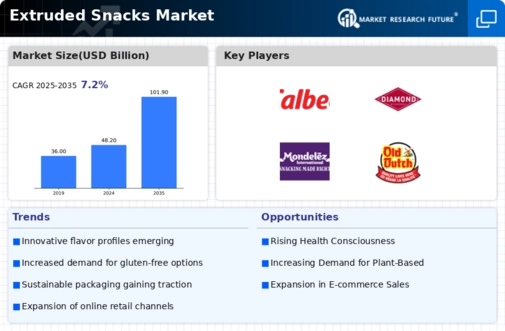
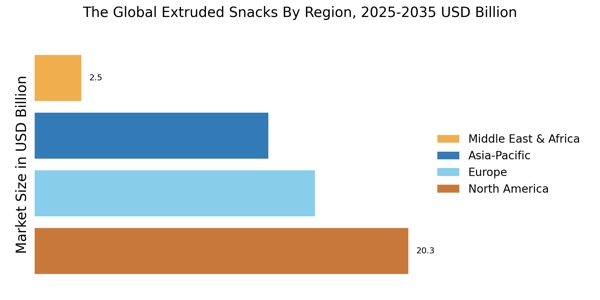
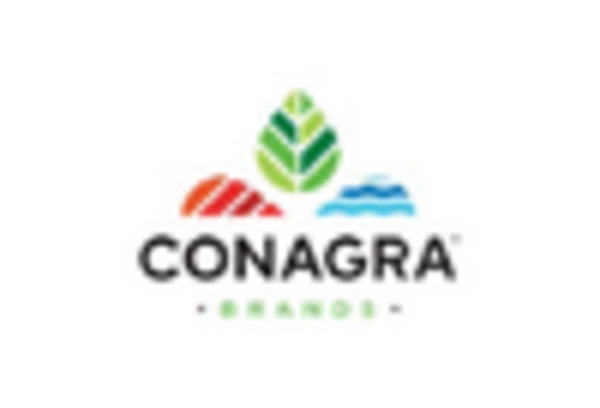

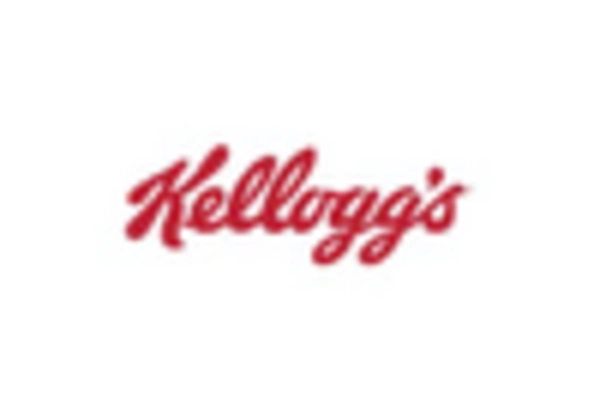
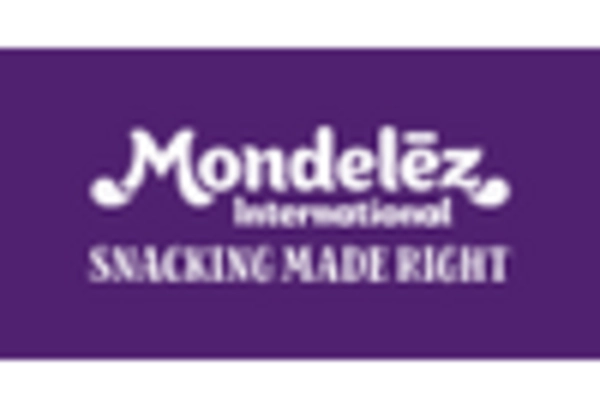
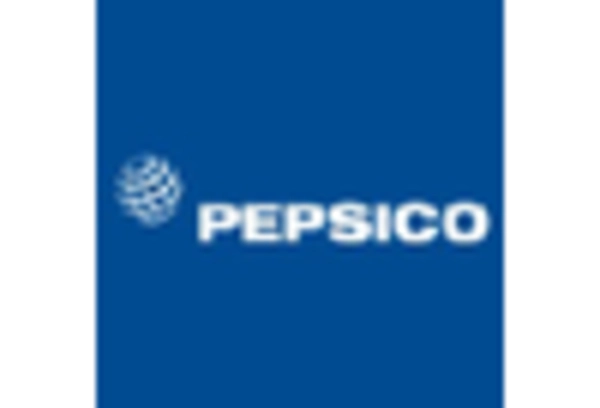
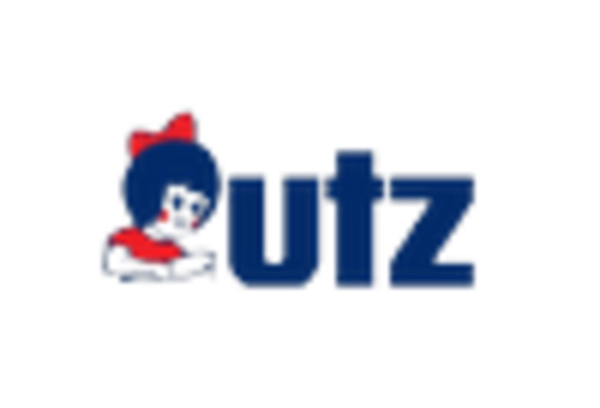








Leave a Comment